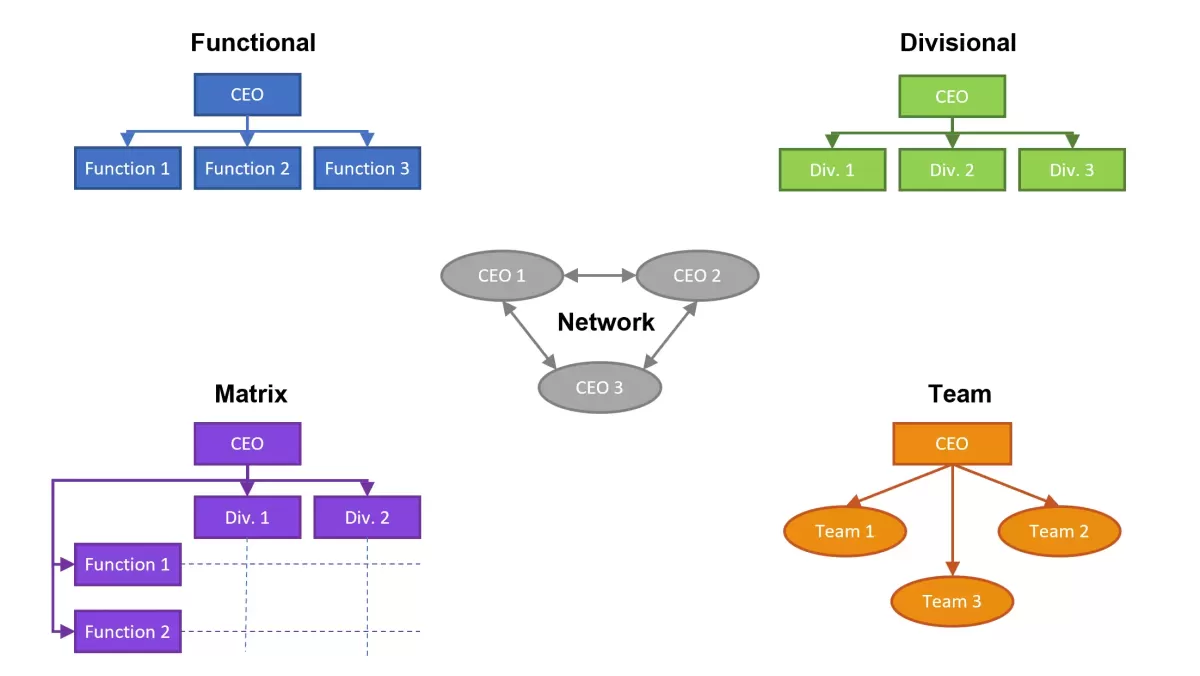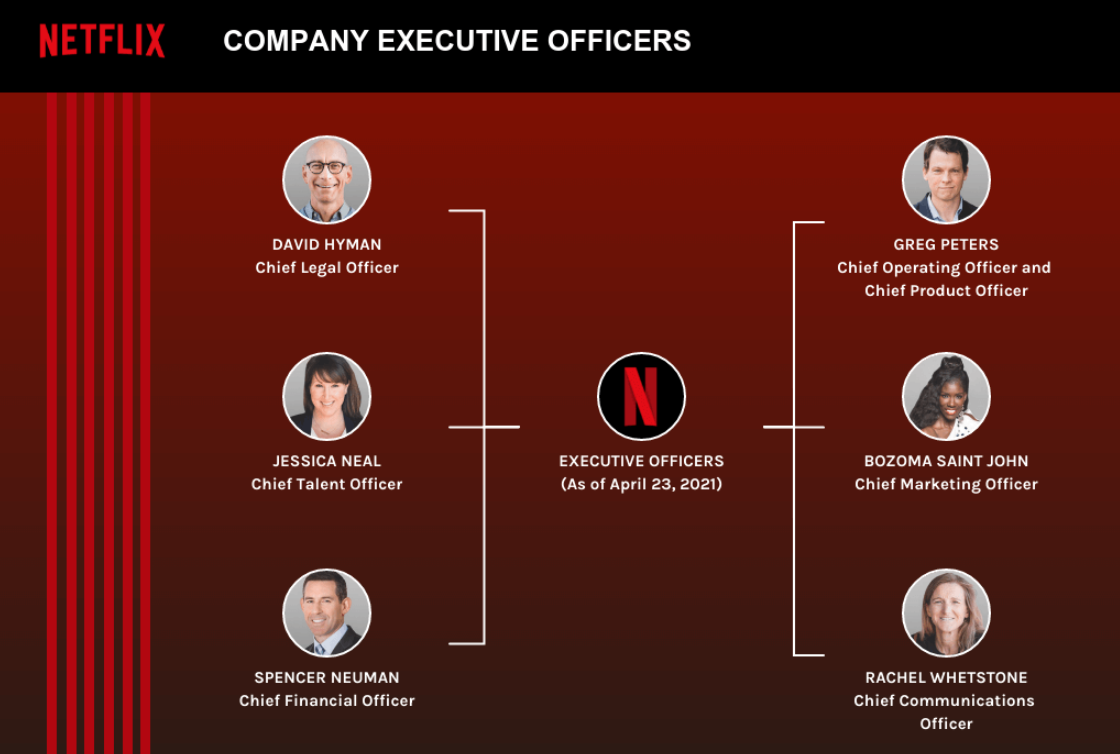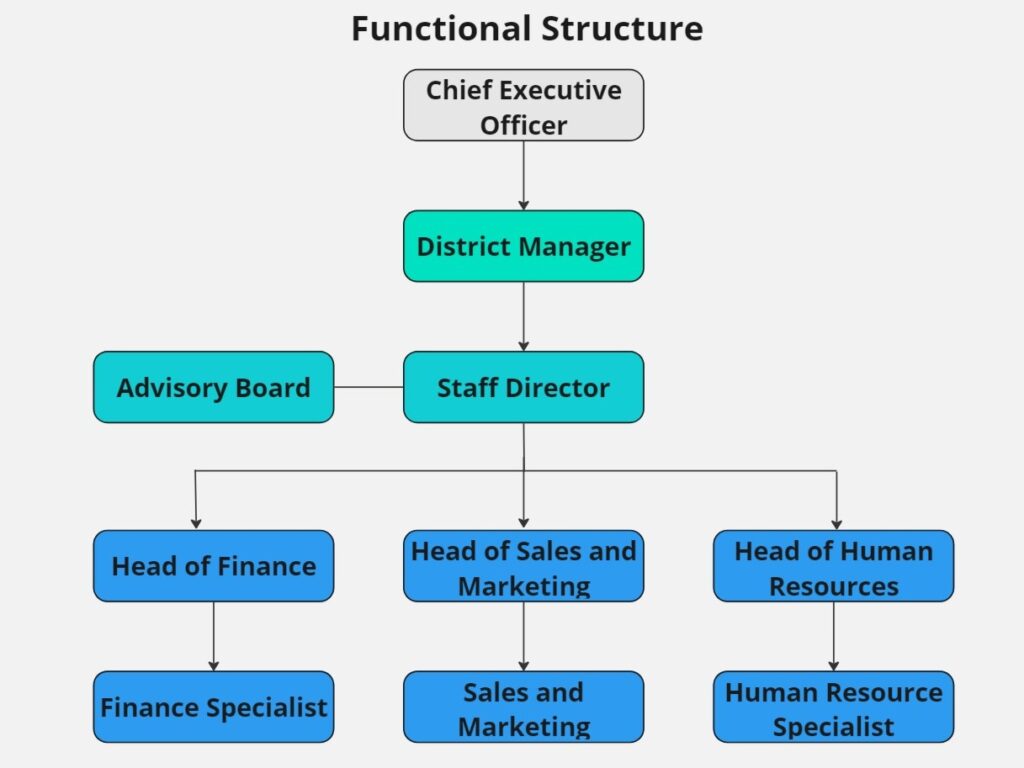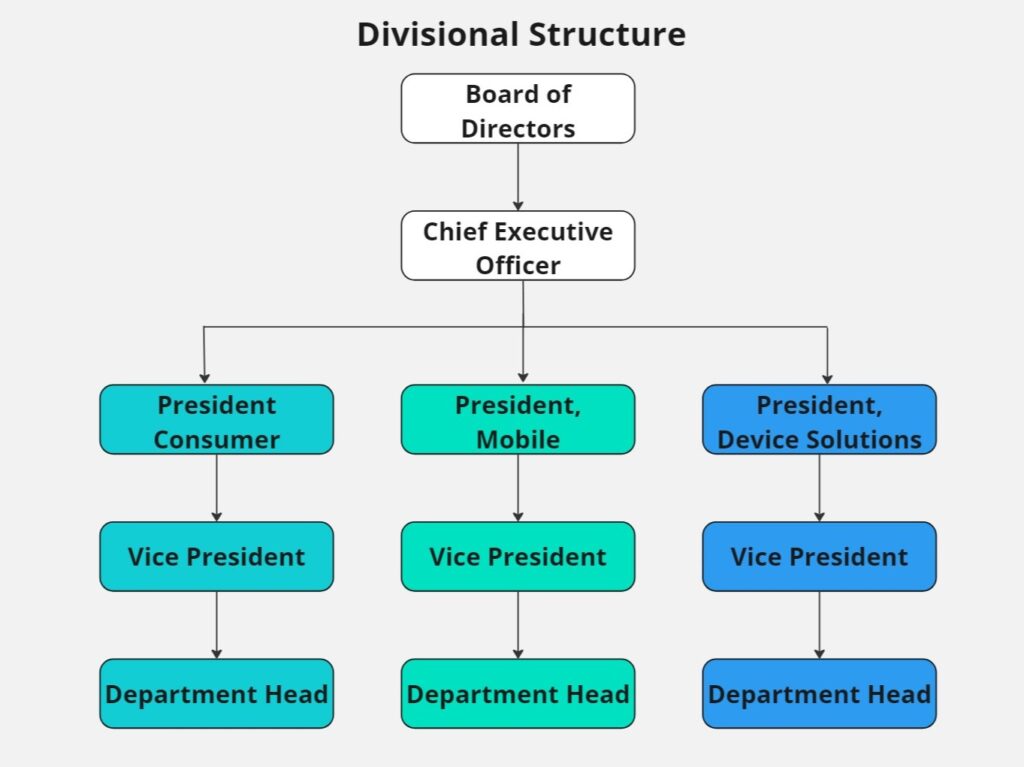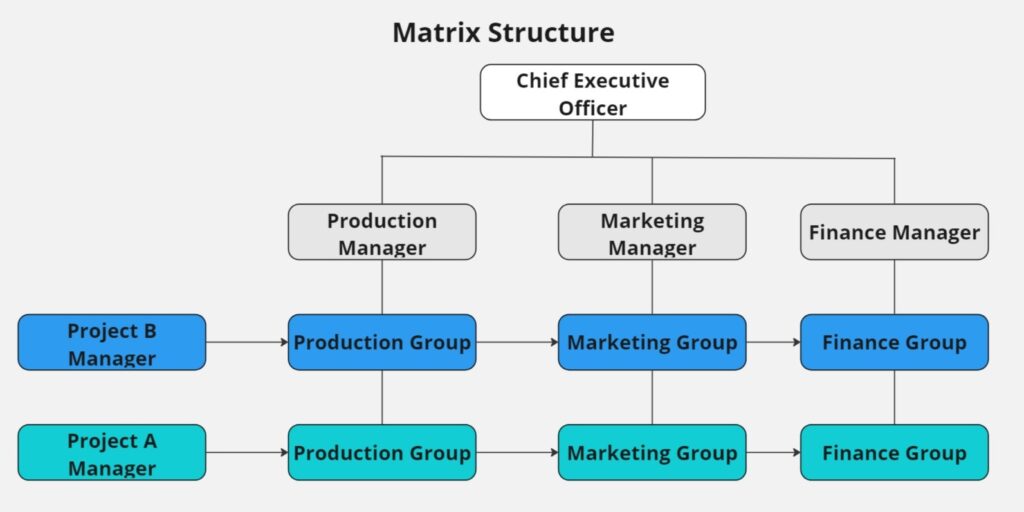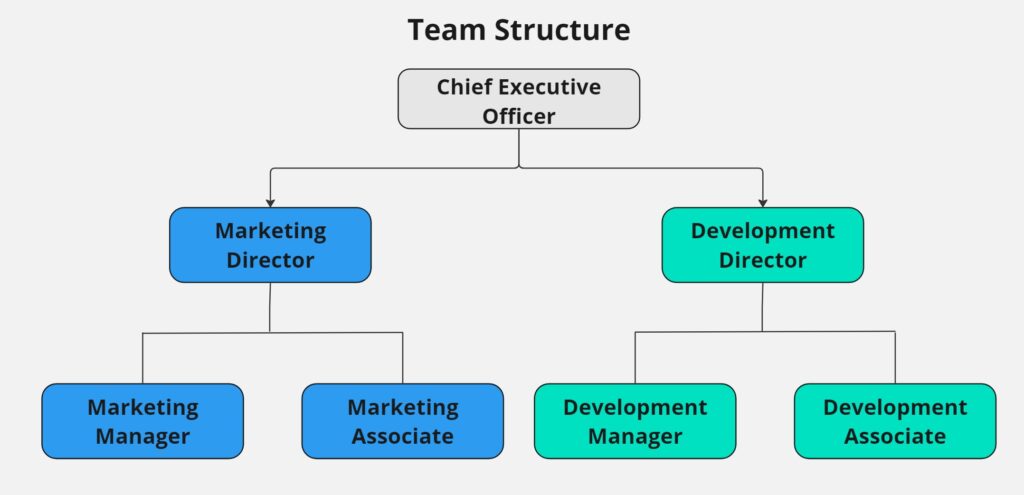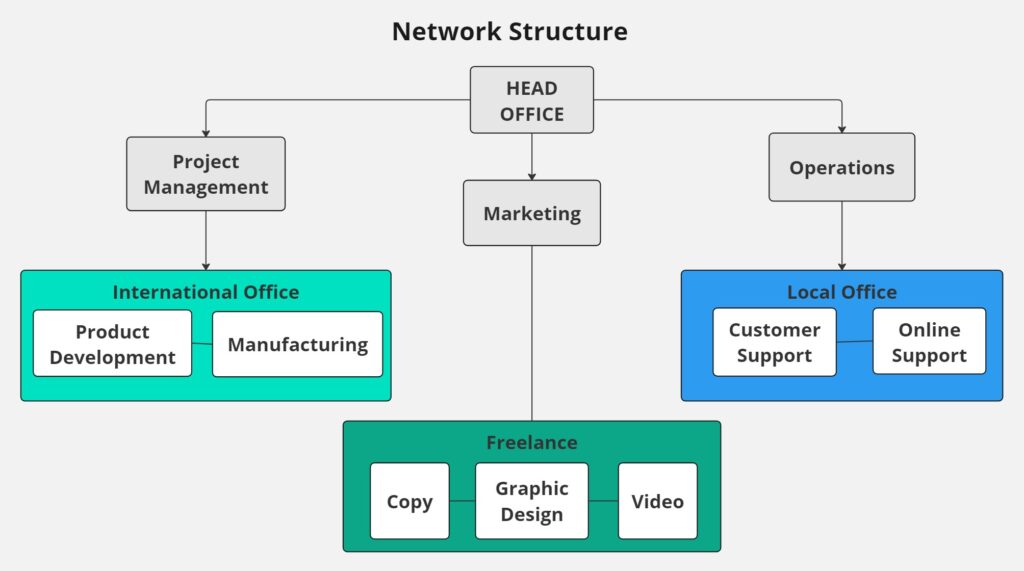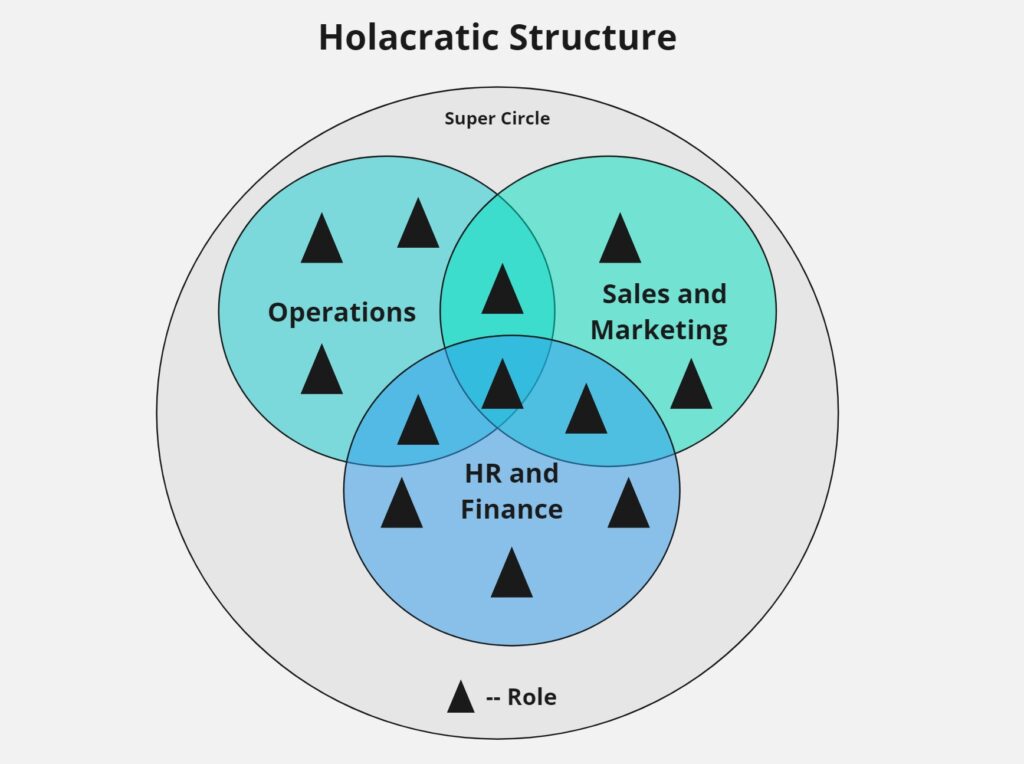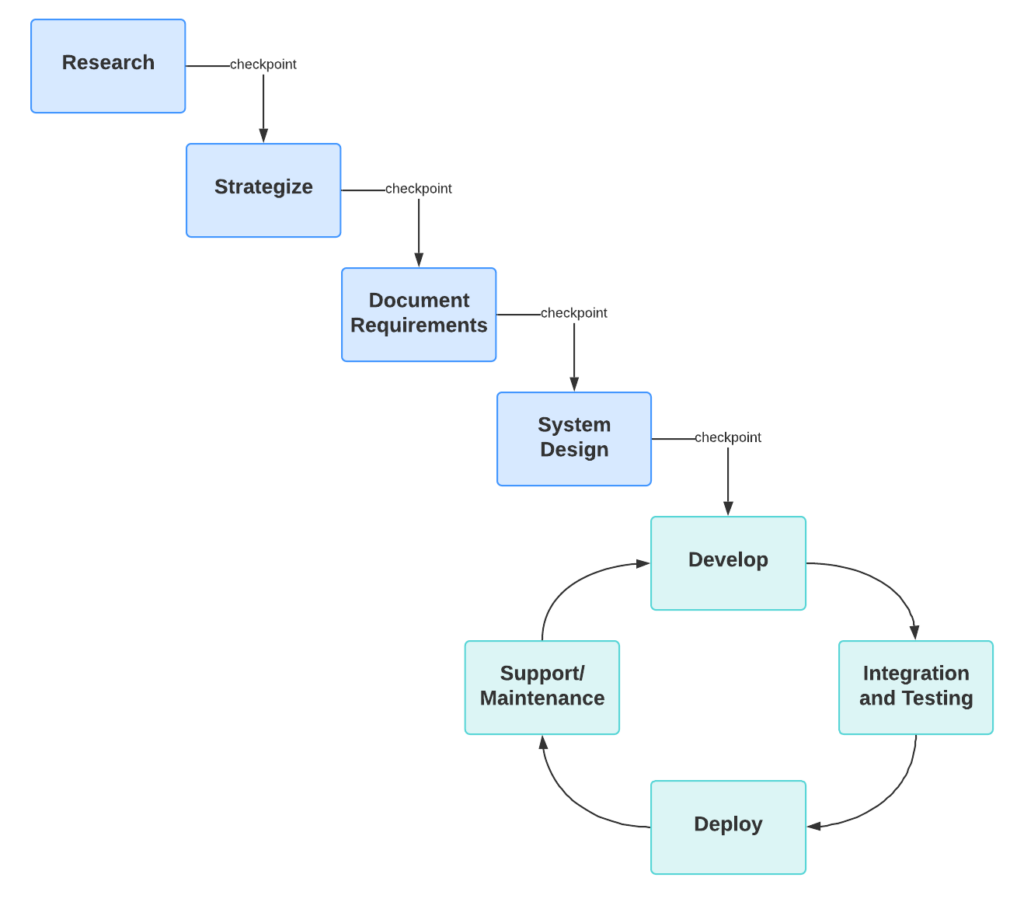Time to Look for an Alternative Business Structure
Selecting an alternative business structure could be challenging and exciting. It’s a cornerstone decision that can significantly impact a business’s productivity, efficiency and overall success.
A well-structured organisation operates like a well-oiled machine; it is more agile and can streamline operations, foster innovation, and enhance decision-making.
On the other hand, an ill-conceived structure can lead to bottlenecks, confusion, high staff turnover, and missed opportunities.
Aligning the right management methodology with a complementary business structure is crucial: Different managerial structures lend themselves better to specific project management approaches and, therefore, require attention.
For example, a highly centralised structure like McDonald’s will likely favour a command-and-control project management style. Key decisions, from menu items to operational procedures, are made at the corporate level and then disseminated to franchisees.
To ensure consistency and efficiency across thousands of outlets, McDonald’s employs a rigid, top-down project management approach. New menu items, marketing campaigns, or operational changes are meticulously planned, detailed, and rolled out according to a strict timeline.
On the other hand, a decentralised structure like Netflix benefits from an agile methodology. The company encourages innovation and experimentation by granting significant autonomy to its product teams, allowing for rapid adaptation to changing consumer preferences and technological advancements.
Netflix employs an agile methodology to manage its projects, enabling teams to work independently, iterate quickly, and deliver new features to users efficiently.
Understanding these interconnections is essential for effective project execution and business growth.
Common Business Managerial Structures
Let’s take a look into the various managerial structures commonly employed by businesses and assess some of their pros and cons:
1. Functional Structure
Often synonymous with a hierarchical structure, a functional structure organises employees into departments based on their expertise (e.g., marketing, finance, production). This creates a hierarchical system with clear roles and responsibilities.
While the functional structure has been a cornerstone of organisational design for decades, it does have its limitations, like slow decision-making, siloed departments, and limited flexibility.
This is why modern organisations often adopt hybrid structures that combine elements of functional and other organisational models, like incorporating cross-functional teams or matrix structures that can enhance collaboration and agility while preserving the benefits of specialisation.
Advantages: Specialisation, efficiency, and scalability.
Disadvantages: Siloed departments, bureaucracy, and rigidity.
Best suited for Small to medium-sized businesses like banks and financial institutions, large corporations, and government agencies with stable operations and a focus on efficiency.
Potential project methodology alignment: Waterfall project management methodologies work well with hierarchal structures due to their sequential and planned approach. This mirrors the top-down, command-and-control nature of hierarchical organisations.
Walmart’s Hierarchal Organisation:
Walmart still heavily relies on a functional structure. While the company has undoubtedly evolved and adapted over the years, its core operations are organised around traditional departments such as merchandising, finance, human resources, and logistics.
This structure allows Walmart to achieve significant economies of scale by centralising expertise and functions. For instance, the company’s merchandising department can leverage its buying power to negotiate favourable deals with suppliers, benefiting all Walmart stores.
This rigid functional structure may hinder Walmart’s ability to respond swiftly to local market trends or customer preferences, as decision-making is centralised and bureaucratic processes can be slow.
However, like many large corporations, Walmart is also exploring ways to become more agile and responsive to changing market conditions. It implemented some elements of divisional and matrix structures, notably in its international operations.
Nevertheless, the foundation of Walmart’s organisational structure remains firmly rooted in the functional model.
2. Divisional Structure
A divisional structure organises employees into self-contained units based on products, geographic regions, or customer segments. Each division operates as a separate business with its own functions like marketing, sales, and finance.
This often fosters a positive competitive culture among divisions as they strive to outperform each other. It can also lead to a decentralised decision-making style, empowering division managers to respond quickly to market changes.
Advantages: Increased focus, faster decision-making, and better accountability.
Disadvantages: Potential duplication of resources, competition for resources, and weakened central control and coordination.
Best suited for: Large organisations with diverse product lines or geographic markets seeking to empower product or regional managers. Companies with multiple unrelated products, like Virgin Group or General Electric, often benefit from a divisional structure.
Potential project methodology alignment: Agile structures are ideal for flat hierarchies. They emphasise employee empowerment, cross-functional collaboration, and rapid decision-making, aligning perfectly with the decentralised nature of flat organisations.
The Divisional Structure of Samsung:
Samsung’s product-based divisional structure empowers each division to specialise in its product line, driving innovation and rapid market response.
This approach fosters a competitive environment, with clear accountability for each division’s performance.
However, it can lead to resource duplication and reduced collaboration. Samsung mitigates these challenges through centralised R&D, shared services, and corporate-wide initiatives. By balancing specialisation and cooperation, Samsung has achieved significant growth and market leadership across its diverse product portfolio.
3. Matrix Structure
A matrix structure combines functional and divisional structures, creating a dual reporting system.
Employees report to a functional manager (e.g., marketing, engineering) and a project or product manager. This structure aims to balance expertise and project focus.
A matrix structure typically requires a strong emphasis on collaboration, communication, and conflict resolution. Employees must be able to balance competing priorities and work effectively in a complex reporting structure.
Advantages: Enhanced collaboration, optimised resource utilisation, and increased innovation.
Disadvantages: Role ambiguity, conflicting priorities, and power struggles between managers.
Best suited for: Dynamic environments with complex projects that require diverse expertise. Industries like technology, engineering, and consulting often benefit from this structure – yes, that includes Google, Amazon, and others.
Potential project methodology alignment: Agile, Scrum, and Kanban methodologies align well with the matrix structure’s emphasis on cross-functional collaboration and iterative work. With emphasis on cross-functional teams, flexibility, and self-organisation, these align with the matrix environment’s need for collaboration and employee empowerment.
The Matrix Structure of Lockheed Martin:
Lockheed Martin’s matrix structure is a cornerstone of its success in the complex aerospace and defence industry.
The company effectively manages large-scale projects like the F-35 by combining functional expertise with project-based teams. This structure fosters rapid decision-making, efficient resource allocation, and innovation.
The Skunk Works, Lockheed Martin’s renowned division, exemplifies the power of the matrix. Operating with autonomy within the larger structure drives cutting-edge technology development while leveraging corporate resources. Through this balanced approach, Lockheed Martin delivers complex projects efficiently while maintaining a strong focus on innovation.
4. Team Structure
A team-based structure organises work around cross-functional teams responsible for specific projects or tasks. Employees from different departments collaborate within these teams to achieve shared objectives. This structure emphasises teamwork, autonomy, and shared responsibility.
By breaking down silos and empowering teams, organizations can streamline processes and enhance problem-solving.
A team-based structure thrives in a culture that values collaboration, open communication, and shared accountability. Because of this, its employees are empowered to make decisions and take ownership of their work.
Advantages: Fosters innovation and creativity, improves communication and collaboration, enhances employee engagement and motivation, and accelerates decision-making.
Disadvantages: Potential conflicts and inefficiencies, role ambiguity, and difficulty aligning overall organisational goals.
Best suited for: Organisations operating in dynamic and competitive environments where innovation and speed to market are critical. Team structures are well-suited for projects that require diverse skill sets and cross-functional collaboration, like Hubspot, Slack, and AirBnB.
Potential project methodology alignment: Agile, Scrum, and Design Thinking methodologies align strongly with team-based structures to emphasise iterative development, cross-functional collaboration, and customer-centric approaches, which are core principles of team-based organisations.
The Teamwork at Spotify:
Spotify’s team-based structure, often dubbed the “Spotify Model,” prioritises agility and innovation.
Small, cross-functional squads own specific products, fostering autonomy and rapid response. Tribes, composed of related squads, provide a sense of belonging without rigid hierarchies.
Chapters and guilds enhance collaboration by connecting professionals with similar roles or interests across the organisation. This structure empowers teams, accelerates product development, and encourages knowledge sharing. While challenges like maintaining alignment exist, Spotify’s model has become a blueprint for organisations seeking to adapt quickly to a changing market.
5. Network Structure
A network structure is an organisational model that outsources core functions and relies on external partners for operations.
Instead of maintaining a sizeable internal workforce, the company focuses on core competencies and contracts out other functions to specialised external providers. By outsourcing non-core functions, companies can reduce overhead costs and invest more in core competencies.
Moreover, network structures thrive in a culture of collaboration, trust, and open communication, so an effective management of relationships with external partners is crucial.
Advantages: Increased flexibility and adaptability, reduced costs by outsourcing non-core functions, access to specialised expertise, and faster time-to-market.
Disadvantages: Dependence on external partners, challenges in maintaining quality control, and potential loss of control over critical processes.
Best suited for: Companies operating in rapidly changing industries, those seeking to focus on core competencies, and organisations with limited resources or capital. Network structures allow companies to tap into the knowledge and skills of external experts without the need to hire them in-house. Many fashion brands like Zara utilise this structure.
Potential project methodology alignment: Agile, iterative development methodologies align well with network structures. The emphasis on flexibility, adaptability, and rapid response complements the network structure’s reliance on external partners and its focus on core competencies.
Network structure for the Upwork Network of Freelancers:
Upwork’s network structure leverages a global pool of freelancers to connect businesses with specialised talent on-demand.
This model offers rapid scaling, cost-efficiency, and access to diverse skills. By outsourcing non-core functions, companies can focus on their core competencies.
Upwork benefits from a flexible workforce, effortlessly adapting to project needs. However, quality control and trust are key challenges. The platform addresses these by relying on client reviews and implementing security measures.
Upwork’s alignment with agile methodologies is evident in its ability to rapidly match freelancers with projects, allowing quick project iterations and adjustments. This network structure has revolutionised how work is done, offering businesses and freelancers a dynamic platform for collaboration.
6. Holacracy
Holacracy is a self-organising organisational structure that replaces traditional job titles, managers, and hierarchies with a system of roles and circles. Decision-making is distributed among self-governing teams, and authority is delegated based on roles rather than positions.
A holacratic culture emphasizes self-management, transparency, and continuous improvement, which requires a high degree of trust and open communication among team members.
Advantages: Fosters innovation and creativity, empowers employees, improves decision-making speed, and enhances flexibility and adaptability, increasing employee engagement and job satisfaction.
Disadvantages: Requires a significant cultural shift and change management, can be challenging to implement and maintain, and has potential for conflicts and power struggles.
Best suited for: Organisations prioritising innovation, employee empowerment, and rapid adaptation to change, like Github and Basecamp. These companies operating in dynamic and competitive environments, such as technology startups or knowledge-intensive industries, may be well-suited for holacracy.
Potential project methodology alignment: Aligns firmly with Agile, Scrum, Kanban, and Lean methodologies, which emphasise self-organising teams, iterative development, continuous improvement, and a focus on delivering value.
Holacracy at Zappos:
Zappos’ shift to Holacracy in 2013 aimed to eliminate hierarchies and empower employees.
However, the transition proved challenging. Roles and responsibilities became unclear, decision-making slowed, and the once-celebrated customer service culture suffered.
Employees struggled with the complex governance system and felt overwhelmed. Productivity declined as decision-making authority was unclear. Ultimately, Zappos reversed course in 2015, returning to a more traditional structure.
Zappos’ experience highlights the complexities of implementing radical organisational change. While employee empowerment is desirable, a strong foundation, careful planning, and a phased approach are crucial for success. The company’s journey is a cautionary tale for others considering similar transformations.
Factors to Consider When Choosing an Alternative Business Structure
Selecting the optimal business structure is a critical decision that can impact operations. This section will explore key factors you should consider when considering alternative business structures.
Business size and complexity. The size and complexity of the business will influence the structure’s suitability. Smaller companies may opt for simpler structures, while larger, more complex organisations might require more intricate setups.
Industry and market conditions. The industry’s norms and competitive landscape can dictate appropriate structures. For instance, highly regulated industries might favour specific structures.
Culture, values, and leadership styles. Work cultures emphasising autonomy and innovation often thrive in flatter, team-based structures, while hierarchical models may better suit authoritarian leadership styles. Aligning these elements is crucial for optimal organisational performance and employee satisfaction.
Talent and skills available. The organisation’s availability of specific skills and expertise can influence the structure. A team-based structure might be effective if the workforce possesses strong collaboration skills.
Project characteristics. The nature of projects, such as size, complexity, and uncertainty, can determine the best structure. For instance, complex, innovative projects might benefit from a matrix or team-based structure.
Hybrid Structures and Methodologies
Hybrid structures and methodologies combine elements from different organisational models and project management approaches. This approach can offer several benefits.
By blending the strengths of various structures, organisations can create a more flexible, adaptable, and efficient operating model. For example, combining a matrix structure with a team-based approach can foster cross-functional collaboration while maintaining project focus.
Integrating agile methodologies with a hierarchical structure can enable faster decision-making while preserving organisational stability.
However, integrating different structures and methodologies can also present challenges, like aligning diverse cultures and work styles. For instance, combining hierarchical and flat structures may lead to conflicts in decision-making and authority.
Another challenge is managing complexity. Introducing multiple structures and methodologies can make coordinating and controlling operations difficult.
Finally, there is the risk of creating confusion and ambiguity among employees if the hybrid model is not well-defined and communicated.
Aligning An Alternative Business Structure with Project Management
In conclusion, selecting the right business structure and project management methodology is crucial for the success and growth of any organisation. Each structure—be it functional, matrix, flat, or any other—has its strengths and potential challenges. The key to making an informed decision lies in understanding the unique needs and goals of your business and how these align with the various methodologies available.
For example, a functional structure, which thrives on clear hierarchy and specialisation, pairs well with the Waterfall methodology, where projects progress through sequential stages with distinct departmental responsibilities. On the other hand, a tech start-up with a flat structure might benefit from Agile methodologies like Scrum, which promote flexibility, rapid iteration, and team collaboration.
Ultimately, the decision should be guided by the nature of your projects, the culture of your organisation, and your strategic objectives. By carefully aligning your business structure with the most suitable project management approach, you can create an environment where your teams can work efficiently, adapt to changes, and drive sustained growth and innovation.

